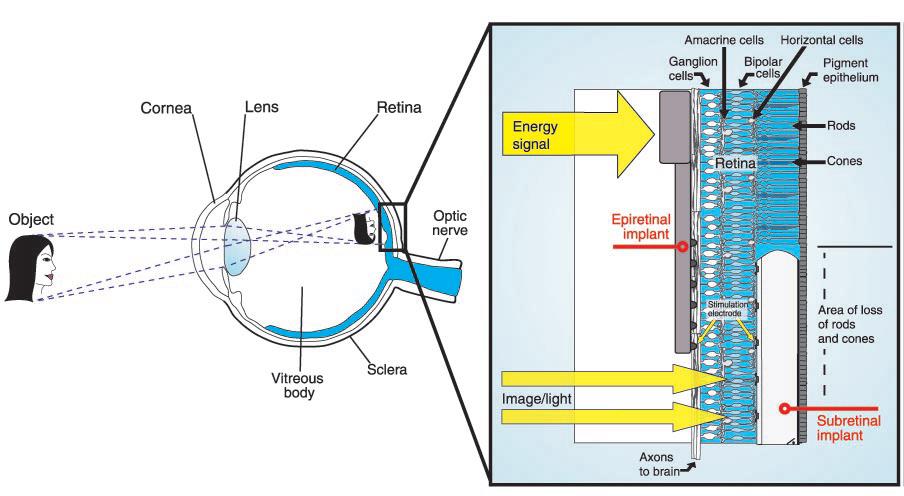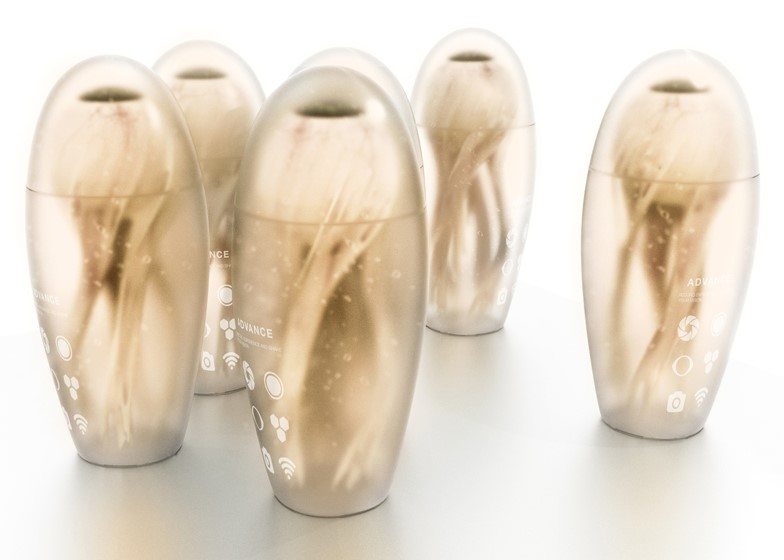Sight and vision are often thought of as one and the same but both affect the human experience in different ways. Sight can be measured tangibly in the doctor’s office with the Snellen eye chart looking for 20/ 20 vision or with a penlight looking for both reactivity and accommodation of the pupil. We also use our eyes to track in all directions either following and object or even a doctor’s finger using many unnamed muscles we take for granted such as the oblique muscles and the rectus muscle which keep the eye aligned. Even the way we take in the world can be determined by something as simple as the angle or the curvature of the lens which can decide whether a person requires contact lenses or glasses to assist when reading.
The human eye: a complex thing
The fact that most of the light we take in require both photoreceptors of rods and cones which sit at the back of the eye to not only digitize the aspects of our center of focus but collectively reflect the image off the retina right side up like the ideal movie projector. Even the eyes themselves have fibers that cross like wire cables called optic radiations which allow for communication dividing the view of the eye into segments which are expressed bilaterally. The system is so well designed if any block in one segment of vision occurs the not only can the other eye compensate the physician can determine the place of interruption with pinpoint accuracy. Even the fluid balance of the system involving the aqueous humor can increase ocular pressure in the different chambers of the eye causing an acute angle emergency. The open channel in the eye act as protective mechanism to cleanse the eye and prevent abrasion. The fact the whole system involves the interaction of three different cranial nerves indicates a uniquely complex architecture.
The implant
Those in the industry have focused on both sides of the vision both the entry of light that enters the pupil with the particular focus on the main transformative organ process that occurs during optical reflection at an angle that is turned upright on the lens like projector. The high resolution can be distorted by retinal occlusion or the individual can be color blind to certain colors. The implant being produced has been place either epiretinal or subretinal so that resolution can be enhanced either before it interfaces with color production or after where the ganglion act like fiber-optics to communicate with optic nerve. The current epiretinal implants produced by Drexel University convert energy at the retina which contain electrode like stimulation for electrode flow. The epiretinal implant involving electrical stimulation will take the place of distorted vision which until the creation of this device sunglasses by Arguss II would capture light to cure and restore vision platforms.
The subretinal takes the light without distortion and allows for interface with the rods and cones to enhance any discrepancy through light stimulation in color vision to replace any loss which is currently being done in Germany by Retinal Implant AG who created an implantable device with microchip back in July 2013. MHOX is a bio-design company that is currently developing the 3D printed bionic eye with retinal implant with the advantage of biotechnology to restore vision out of Italy. The electrical chip in the implant will actually create a profile of electrical activation whose information will aid in fighting blind eye diseases. This multifocal device has an FDA approval and have long term biocompatibility that will not turn someone into the bionic human but as far as vision they are close.
Vision is often unique to the individual meaning while we may all view the same object we can acquire very different perspectives that may define not only our experience but our interaction. Vision may grant insight into what we see as our environment meaning recognizing not only our surroundings but the opportunities that they may provide. Vision also means not only seeing what is in front of us and what appears to be tangible but exploring the possibilities and their potential. This combination of having vision to see the unseen can apply to all walks of life creating both innovators and visionaries that not only inspire but change the world around us. Vision can be the ability to choose one’s career path and determining from all the options around what is the optimal way to arrive there like an explorer using a map.
To see what else we’ve covered in this field, have a look here.



